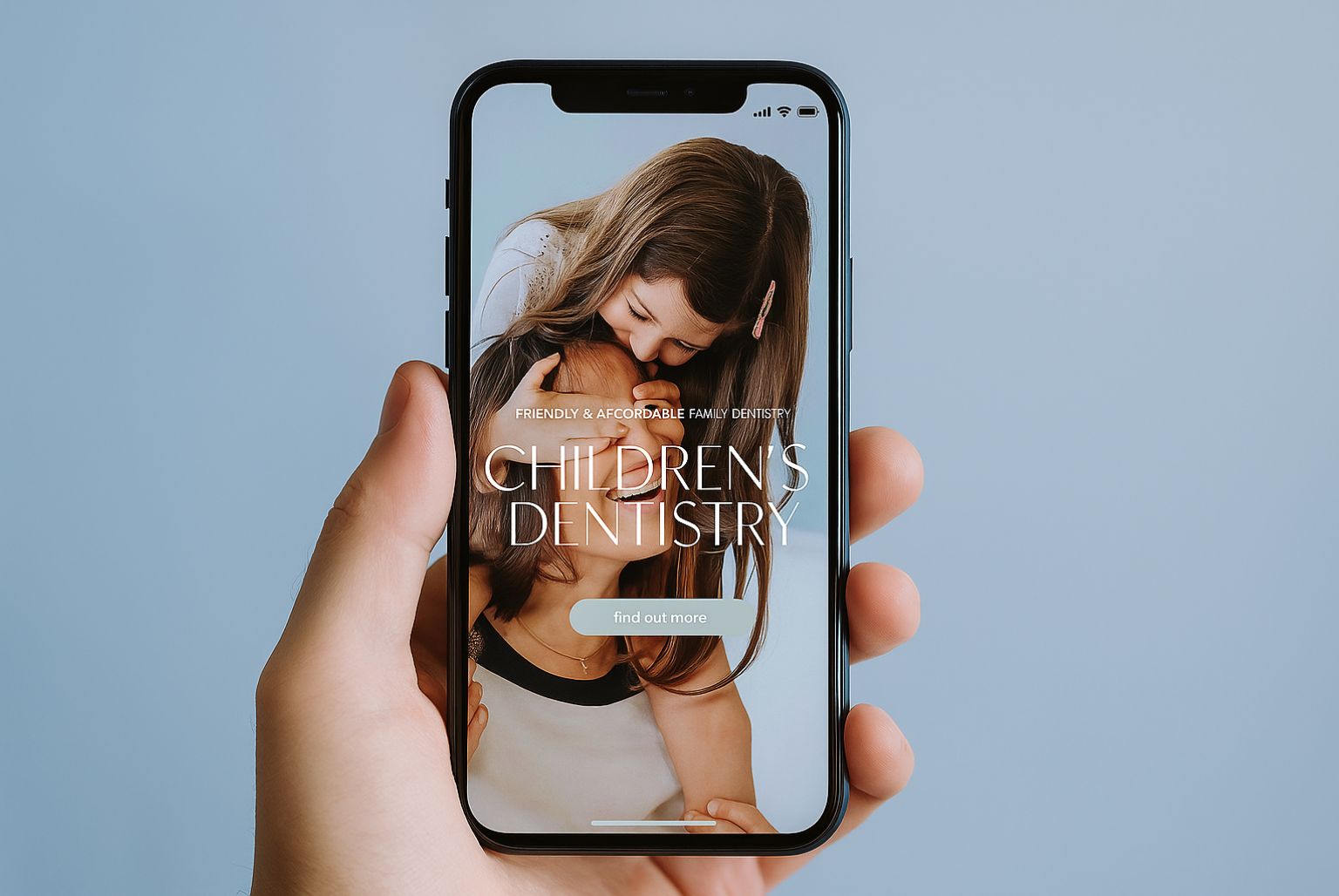To bring more patients into your clinic, one of the challenges you face is attracting more visitors to your clinic website. We’re not just talking about any visitors – you need high quality visitors who are interested in the treatments you provide and are likely to pick up the phone or send an email to book an appointment. Get this right and you should see your appointment book fill up.
But where do you start? What should you do first? We’ve put together 16 actionable ideas:
#1. Find your USP
Your website visitors are busy and will quickly click back to Google if they can’t see what they need on your website straight away. Your task is to think about what makes your clinic unique and how you can communicate this. Your website visitors will be asking, “Why should I stay on this site and not go to another one?” You need to give them a reason.
#2. Understand who your target patient is and what matters to them
One of the most effective things you can do is to create a profile for your ideal patient. Know their name, gender, age, career, family, hobbies, favourite magazines and TV programmes, and so on. Also think about how your practice can meet their needs – what do they worry about? How can you make their life look better? Once you can answer these questions, you can create your content as though you’re talking to that individual, which will make your content much more compelling.
#3. Create irresistible content
One of the most successful ways to bring more visitors to your website is to create irresistible content. You might do this by answering common patient questions, featuring strong before and after images, or by providing shareable content such as blog articles or a free download.
#4. Write informative blog posts
Adding a blog to your clinic website is a good idea for a number of reasons. You can feature articles on your blog that showcase your expertise or highlight the treatments that you want to promote. People may share your blogs with their social networks or link to an article from their own website, creating valuable backlinks to your site. This is great for your Search Engine Optimisation (SEO). In addition, blog articles can keep people on your website for longer and encourage them to read deeper into your site, which sends Google signals about the value of your content and should push your website higher up the search engine results pages (SERPs).
#5. Review your headlines
One stat suggests that while eight out of ten people will read the headline on a web page, only two out of ten go on to read the rest of the content. This makes your main headline the most important piece of real estate on every web page. Does your headline reflect what people will find on the page? Are your blog headlines catchy or engaging?
Also, make sure you’ve given your headlines heading tags. Your main headline should have an H1 tag, your most important sub headings should have H2 tags, less important headings have H3 tags, and so on.
#6. Feature videos on your website
In 2015, video accounted for 50% of all mobile traffic and 55% of us watch videos online every day. Featuring a video on your website can be a powerful way to engage potential customers and attract new traffic to your site. In this great infographic on video marketing from Hubspot, we can see that mentioning the word ‘video’ in an email subject line can boost open rates by 19% and clickthrough rates by 65%, so if you do add a video to your site make sure you let your mailing list know.
#7. Write guest articles for other blogs
If your clinic is in the same building as a spa, a doctor’s practice, pharmacy or another health-focused business with a similar client base, then you may want to discuss guest blogging opportunities. Writing a guest blog is a great way to show your authority to a new but similar audience to your own.
#8. Explore PR opportunities
If yours is the only clinic in your locality to offer a specific treatment or use a certain kind of technology, then think about sending out a press release to your local paper. Not sure who to contact? Many journalists are active on Twitter and may even send out requests for content ideas. We found this great article about connecting with journalists on Twitter.
#9. Get visitors to subscribe to updates
If you can get visitors to your website to subscribe to your mailing list, then you have permission to contact them again. There are free tools for managing your mailing list and sending out e-newsletters such as Mailchimp or Madmimi, or you may decide to ask a marketing agency to manage this on your behalf.
When you ask people to subscribe, be sure to explain what’s in it for them rather than just saying something like ‘Subscribe to our newsletter’. You might want to say something like, “Be one of the first to hear about our latest offers, treatment and clinic news’”.
#10. Use social media
As so many of us use social media as part of everyday life, it makes sense to give your clinic a presence on popular platforms such as Facebook, Twitter or Instagram. Social media platforms offer a great way for you to build a community of patients, talk to people in your own voice, and manage your brand identity.
Try to add your social media links and quick sharing options to your blog posts, e-newsletter, and even your email signature. A WordPress plugin like Flare is ideal for adding social media sharing buttons to your blog posts. You can also post links to your blogs and treatment pages on your social media feeds.
#11. Split test
Split testing is essentially when you compare the original design of a web page (the control) to a new design where one of the elements has been changed to see how it affects the conversion rate. You might, for example, change the colour of your call to action button or the position of your appointment booking form, and then send 50% of your traffic to the control page and 50% of your traffic to version two. Which one gets significantly better results?
#12. Design for function
It’s important to identify what you want your website to achieve. Do you want patients to sign up to your mailing list or pick up the phone? Would you prefer that they fill in an online booking form?
Once you understand what you want your patients to do when they’re on your website, you can design to make them take action. A company like Cosmetic Digital can help you with this as we understand what elements contribute to design for function.
#13. Be strategic about your SEO
Although SEO is important, the single best thing you can do for your website’s rankings is to write with your patients in mind and produce high quality content. Google understands words that mean the same as your keywords, so you don’t have to slavishly adhere to keyword placement or frequency these days.
Instead, we would recommend featuring your keywords in your main heading, at least one subheading, and in your meta data. If you write with a single search focus on each page – i.e. your teeth whitening page is about teeth whitening only, or your dermal fillers page is just about treatments using dermal fillers, then this should happen naturally.
#14. Feature social proof
Fear is one of the biggest obstacles to people buying from a company, especially if they’re a first-time customer. Social proof, such as metrics showing how many people have downloaded your ebook, or ‘as seen in’ press pages and testimonials from happy patients can all help to reassure potential patients that they will be in safe hands with you.
#15. Reuse old content
If you’ve been blogging for a while, you may have older content that is still relevant to your patients. Perhaps there is an article that people still read long after it was first published. Is there scope to update the content? Have you written more recent articles on the same topic? If so, you might want to add internal links to these newer articles in the old one that still gets hits.
Also, it’s worth keeping an eye on your most read posts – Google Analytics will tell you this – so that you can spot the topics that really resonate with your patients and write more about them.
#16. Link to content you admire
When talking about off-page SEO, people often stress the importance of having strong backlinks from other websites back to your site. While this is important, we also believe that you should freely link to content you admire without any expectation of a return link. In this article, for example, we have linked to a couple of external articles because we think you’ll find them helpful. Linking to content you admire is a great way to add value for your patients.
If you’re short on time or would like some expert advice about your brand and website design or marketing your clinic, then get in touch with us at Cosmetic Digital on 01159 140 640.




